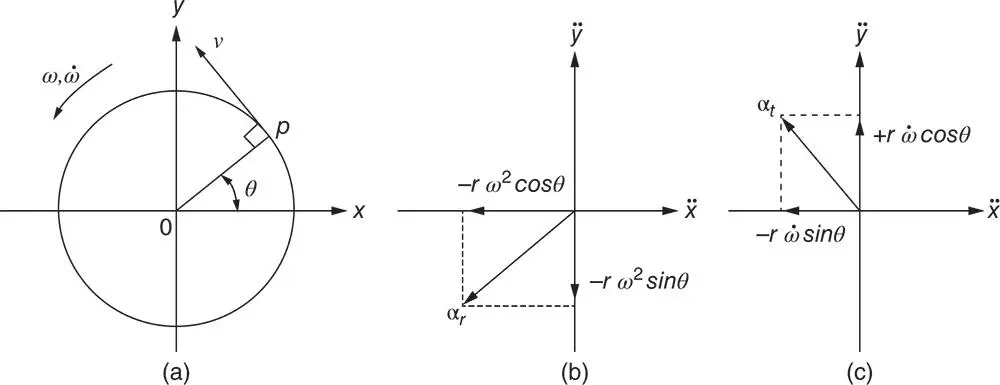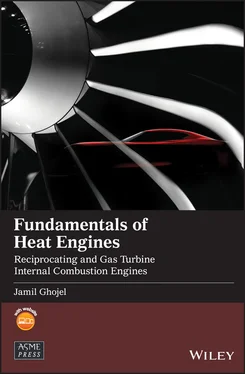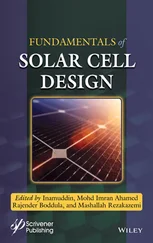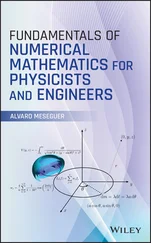1 ...6 7 8 10 11 12 ...23 Particle . A conceptual body of matter that has mass but negligible size and shape. Any finite physical body (car, plane, rocket, ship, etc.) can be regarded as a particle and its motion modelled by the motion of its centre of mass, provided the body is not rotating. The motion of a particle can be fully described by its location at any instant in time.
Rigid body . An assembly of a large number of particles that remain at a constant distance from each other at all times irrespective of the loads applied. To fully describe the motion of a rigid body, knowledge of both the location and orientation of the body at any instant is required. Gas turbine shafts are rigid bodies that are rotating at high speeds. The reciprocating piston‐crank mechanism in piston engines is a complex system comprising rotating crank shaft and sliding piston connected through a rigid rod describing complex irregular motion.
Kinematics . Study of motion without reference to the forces causing the motion and allowing the determination of displacement, velocity, and acceleration of the body.
Kinetics . Study of the relationship between motion and the forces causing the motion, based on Newton's three laws of motion.
1.1.2 Newton's Laws of Motion
According to the first law , the momentum of a body keeps it moving in a straight line at a constant speed unless a force is applied to change its direction or speed.
The second law defines the force that can change the momentum of the body as a vector quantity whose magnitude is the product of mass and acceleration:
(1.1) 
Another form of this law that is particularly pertinent to gas turbine practice states that force is equal to the rate of change of momentum or mass flow rate  multiplied by velocity change dv (the letter v will be used for velocity exclusively in the mechanics section of this chapter):
multiplied by velocity change dv (the letter v will be used for velocity exclusively in the mechanics section of this chapter):
(1.2) 
For an aircraft engine, the air flow into the engine diffuser is equal to the forward flight speed v 1, and engine exhaust gases accelerate to velocity v 2in the engine nozzle. For a mass flow rate  of the gases, the thrust is therefore
of the gases, the thrust is therefore  .
.
In heat engines, it is often necessary to use vector algebra to resolve the acting forces to determine the forces of interest that can produce work. For example, the pressure force of the combusting gases in the piston engine, which is the source of cycle work, does not act directly on the crank, as a result of which parasitic forces are generated, causing undesirable phenomena such as piston slap. Resolving the forces at the piston pin determines the force transmitted through the connecting rod to the crank, generating a torque. In a gas turbine, the gas force generated during flow through the blades has a component acting parallel to the turbine axis that causes bearings overload and needs to be balanced to prevent axial displacement of the rotor.
The third law simply states that ‘for every force there is an equal and opposite reaction force’. In an aircraft jet engine, the change in momentum of a large flow rate of gases between the inlet and outlet of the engine generates a backward force known as thrust , which has an equal reaction that propels the aircraft forward.
1.1.3 Rectilinear Work and Energy
A force F does work on a particle when the particle undergoes displacement in the direction of the force:

If the force is variable and moving along a straight line,

Newton' Second Law for a particle can be written as


For an incremental change in distance, ds = vdt ; hence

Finally,
(1.3) 
The work done by a force is equal to the change in kinetic energy. This equation is the simplest form of the conservation of energy equation.
Rotary motion is the most convenient means for transferring mechanical power in almost all driving and driven machinery. This is particularly so in heat engine practice where thermal energy is converted to mechanical work, which is then transferred via rotating shaft to a driven machinery (electrical generator, propeller, wheels of a vehicle, pump, etc.). Consider the non‐uniform circular motion shown in Figure 1.1, in which particle P at angular position θ has linear tangential velocity v and angular velocity ω .

Figure 1.1Non‐uniform circular motion in Cartesian coordinates: (a) initial position and velocity; (b) first‐order components of resultant acceleration; (c) second‐order components of resultant acceleration.
The components  and
and  of velocity v (= ωr ) in the x and y directions are:
of velocity v (= ωr ) in the x and y directions are:
(1.4a) 
(1.4b) 
The accelerations in the same directions are
Читать дальше


 multiplied by velocity change dv (the letter v will be used for velocity exclusively in the mechanics section of this chapter):
multiplied by velocity change dv (the letter v will be used for velocity exclusively in the mechanics section of this chapter):
 of the gases, the thrust is therefore
of the gases, the thrust is therefore  .
.






 and
and  of velocity v (= ωr ) in the x and y directions are:
of velocity v (= ωr ) in the x and y directions are:










